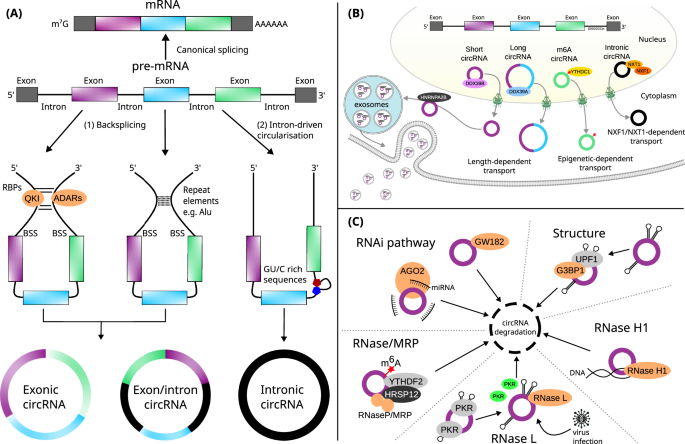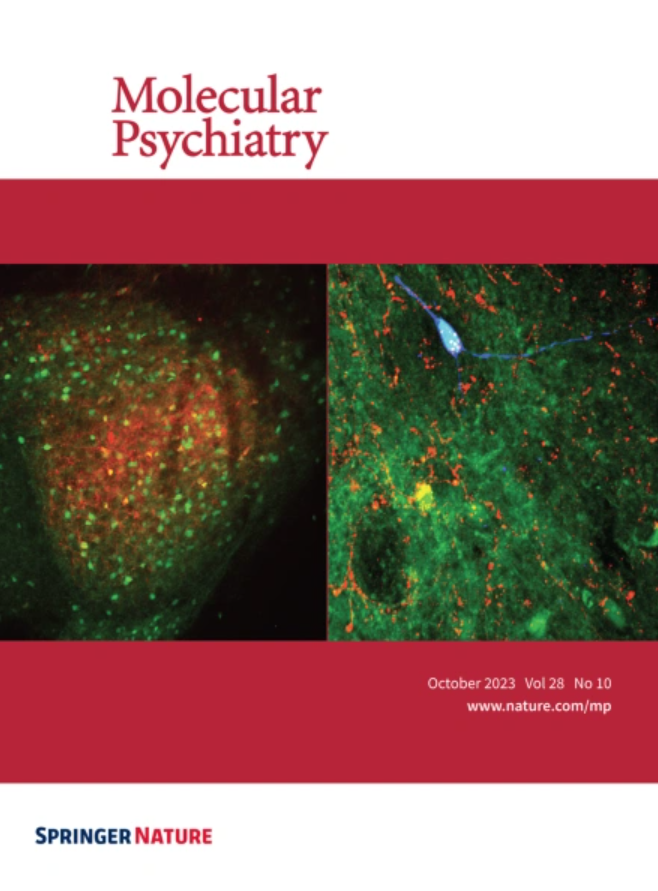Circular RNAs in neurological conditions – computational identification, functional validation, and potential clinical applications
IF 9.6
1区 医学
Q1 BIOCHEMISTRY & MOLECULAR BIOLOGY
引用次数: 0
Abstract
Non-coding RNAs (ncRNAs) have gained significant attention in recent years due to advancements in biotechnology, particularly high-throughput total RNA sequencing. These developments have led to new understandings of non-coding biology, revealing that approximately 80% of non-coding regions in the genome possesses biochemical functionality. Among ncRNAs, circular RNAs (circRNAs), first identified in 1976, have emerged as a prominent research field. CircRNAs are abundant in most human cell types, evolutionary conserved, highly stable, and formed by back-splicing events which generate covalently closed ends. Notably, circRNAs exhibit high expression levels in neural tissue and perform diverse biochemical functions, including acting as molecular sponges for microRNAs, interacting with RNA-binding proteins to regulate their availability and activity, modulating transcription and splicing, and even translating into functional peptides in some cases. Recent advancements in computational and experimental methods have enhanced our ability to identify and validate circRNAs, providing valuable insights into their biological roles. This review focuses on recent developments in circRNA research as they related to neuropsychiatric and neurodegenerative conditions. We also explore their potential applications in clinical diagnostics, therapeutics, and future research directions. CircRNAs remain a relatively underexplored area of non-coding biology, particularly in the context of neurological disorders. However, emerging evidence supports their role as critical players in the etiology and molecular mechanisms of conditions such as schizophrenia, bipolar disorder, major depressive disorder, Alzheimer’s disease, and Parkinson’s disease. These findings suggest that circRNAs may provide a novel framework contributing to the molecular dysfunctions underpinning these complex neurological conditions.


求助全文
约1分钟内获得全文
求助全文
来源期刊

Molecular Psychiatry
医学-精神病学
CiteScore
20.50
自引率
4.50%
发文量
459
审稿时长
4-8 weeks
期刊介绍:
Molecular Psychiatry focuses on publishing research that aims to uncover the biological mechanisms behind psychiatric disorders and their treatment. The journal emphasizes studies that bridge pre-clinical and clinical research, covering cellular, molecular, integrative, clinical, imaging, and psychopharmacology levels.
 求助内容:
求助内容: 应助结果提醒方式:
应助结果提醒方式:


